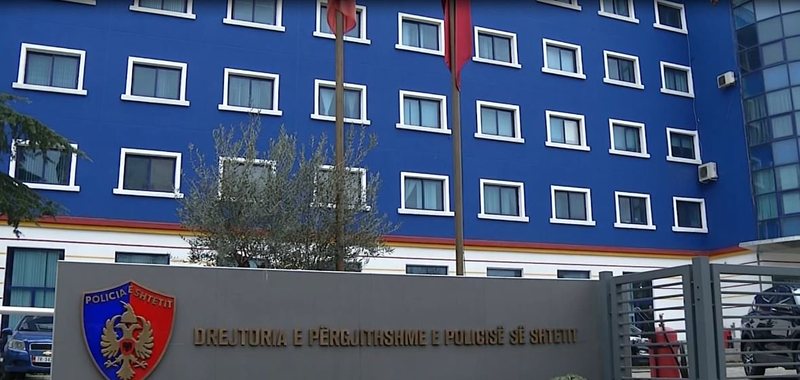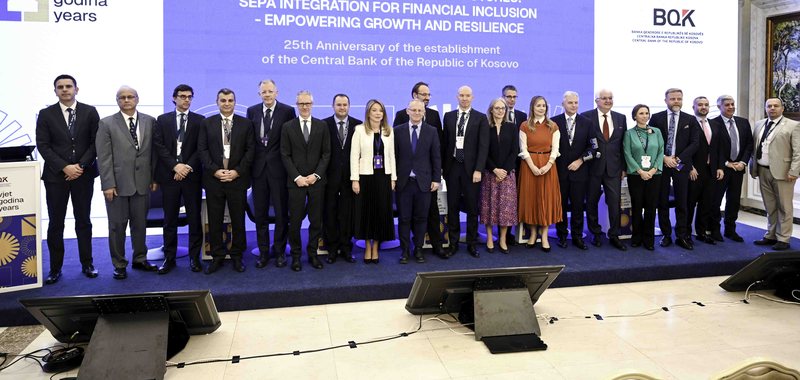How much income goes to rent for minimum wage citizens in Europe?

"Housing, water, electricity and gas" accounted for the largest share of household expenditure in the EU. In 2022, almost a quarter of all household expenditure (24.1%) was allocated to these essential needs, clearly showing the significant weight they hold in European household budgets. This proportion varies significantly between European countries and, more importantly, according to income levels within each country. In particular, the minimum wage is greatly affected, as they allocate a larger share of their income to "housing, water, electricity and gas".
The European Trade Union Confederation (ETUC) reports that, in 14 EU member states, rent for a property with a maximum of two bedrooms takes up at least 35% of the income of workers on the legal minimum wage. In 2024, on average, these workers spend 45% of their income on housing alone, illustrating the heavy financial burden that housing costs place on low-wage earners in these countries. Millions of working people in most member states see a large part of their wages leave their bank accounts as soon as they log in simply to keep a roof over their heads.
The minimum wage varies widely, from €477 to €2,571
Among the 14 countries included in the research, statutory minimum wages ranged from €477 in Bulgaria to €2,571 in Luxembourg. Only six of these countries have a minimum wage above €1,000, with three exceeding €2,000: Luxembourg, Ireland and the Netherlands. Denmark, Italy, Austria, Finland and Sweden do not have a national statutory minimum wage.
The average rent in 14 countries is €600
Rent for a property with a maximum of two bedrooms ranged from €215 in Bulgaria to €1,340 in Luxembourg, while the 14-country average is €599. In seven countries, the average rent was below €400, including Bulgaria (€215), Romania (€277), Croatia (€311), Greece (€344), Slovakia (€371), Estonia (€387) and Portugal (€391). At the highest level, the average rent exceeded €1,000 in Luxembourg, Ireland and the Netherlands, while it was €618 in France and €578 in Spain. Rent calculations are based on Eurostat data for 2022, adjusted for inflation.
The part of the minimum wage spent on rent
The share of minimum wage income spent on rent provides valuable insight into the financial burden of low-wage rentals. Among the 14 countries, this percentage ranged from 35% in France to 56% in the Netherlands. On average, minimum wage earners in these countries spend 45% or 46% of their income on rent, depending on the calculation method used. Apart from the Netherlands, where the percentage reaches 56%, rent consumes over 50% of minimum wage income in both Ireland (55%) and Luxembourg (52%).
France has the lowest rate at 35%, meaning that rent makes up roughly a third of minimum wage workers' income. Croatia (37%) and Greece (38%) follow closely behind France in the lowest rent-to-income ratios for the minimum wage. In Bulgaria, where minimum wages and rents are the lowest, workers still spend a significant 45% of their income on rent. In Spain, this percentage is just as high at 44%. Rental cost is based on national averages; however, the situation can be even more challenging in cities and capital areas, where most jobs are concentrated.
How much do European countries spend on housing and bills?
We can also consider additional data from Eurostat that goes beyond the minimum wage and just rent. This dataset reflects the proportion of total household expenditure allocated to housing, water, electricity, gas and other fuels, which varies significantly across Europe.
In 2022, Slovakia topped the list, with over 30% of household expenditure allocated to housing, water, electricity, gas and other fuels. Finland and Denmark followed closely behind, with households spending 29.6% and 29.1%, respectively, on housing and utilities. In contrast, Malta (13.9%) and Croatia (14.9%) allocate a much smaller share of their spending on housing and utilities. Northern and Central European countries face significant financial pressures related to these costs.
This expense includes:
· Current residential rent
· Estimated rents for apartments
· Maintenance and repair of the apartment
· Water supply and various services related to the apartment
· Electricity, gas and other fuels
In 2019, this percentage was 25.7% in Great Britain, a former member of the EU.

The Dutch government avoids collapse after the resignation of the secretary of state!
The Dutch government dominated by far-right leader Geert Wilders has survived - for now - a government crisis that centered on the resignation of the finance......

Gas prices rise after Gazprom stops deliveries to Austria!
Gazprom Export has announced that it will stop gas supplies to Austria after more than 50 years, from November 16. This follows Austria's largest fossil fuel......

China's Fertility Decline - Challenges and New Policies Aiming to Boost Fertility
China's efforts to raise birth rates must still address the underlying causes of their rapid decline, analysts point out. Although the country began easing......

Britain, £2bn for undersea cable - New link offers clean energy, reduces gas dependency
British energy regulator Ofgem has approved a £2 billion funding package to build around 200 kilometers of new submarine and underground cables linking......

Is the investigation continuing in the aesthetic centers? - Ndoi: We are at the stage where statements are received from the subjects
A short time ago, the police undertook an action where they hit the aesthetic centers that developed their activity with contraband goods. In an interview......

Private pension funds "gain more ground" - Almost 14% more members than last year. Assets reach new record
In conditions where the state pension does not provide sufficient income to cover living costs, the market of private pension funds is gaining more and more......

US Aims to Triple Nuclear Power Capacity - Government Plans to Increase Production by 200 GW by 2050
The US government has set a target of adding 200 gigawatts (GW) of new capacity by 2050, at least tripling US nuclear power capacity based on 2020......

"Encouraging electronic payments, a key objective" - Governor Sejko, in Kosovo: The aim is also to increase financial inclusion
Integration in SEPA, the digital transformation of the banking system and the increase in financial inclusion were some of the main issues discussed at the......





















